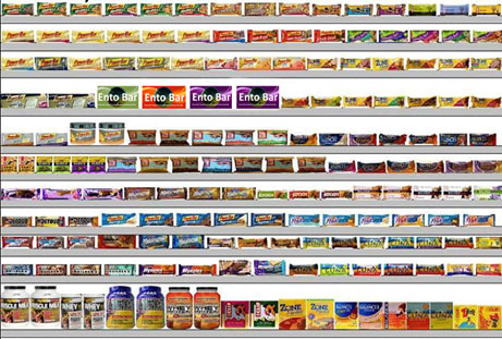Category Management
Definition: Category Management is a retailing and purchasing concept in which the range of products purchased by a business organization or sold by a retailer is broken down into discrete groups of similar or related products; these groups are known as product categories.

What You Need To Know
Retailers and distributors use educated category managers (at all management levels) to manage the retail/distributor’s categories efficiently and profitably. Category managers know which products will be purchased, how they will be categorized, where they will be displayed and how they will be displayed. They also consider the actual product by size, price, marketing campaign(s) and location.
By being educated on the subject of how category management is used a start-up brand is able to create and launch products that have the best chance of success.
Merchandising
Definition: Merchandising is the art of staging a store to encourage consumers to purchase more products. Turning over product on the shelves is even more important in the grocery environment, as most of the products have a finite shelf life, so how quickly products leave the store can make or break your profits.
Source: www.smallbusiness.chron.com

Retailers are working with their vendors to come with new innovations on the subject of merchandising. They are looking for new ways to attract customers to their stores with a better shopping experience. The digital age has further educated consumers on immediate access to pricing and promotions with all stores (brick and mortar and online).
Food start-ups and emerging brands need to be educated on the topic of merchandising and how they can create products, packaging innovations, marketing programs and merchandising ideas that further their chances of success and long-term launch possibilities (nationally and internationally).
Plan-o-grams (Schematics)
Definition: a diagram or model that indicates the placement of retail products on shelves in order to maximize sales. A planogram is a diagram that shows how and where specific retail products should be placed on retail shelves or displays in order to increase customer purchases. Planogramming is a skill used in merchandising and retail space planning. … Planograms themselves are also referred to as POGs and schematics.

Section Planograms: If a food start-up or emerging brand has the opportunity to participate in the decisions being made of where their products are being positioned in a chain’s planogram, they should jump on it.
Planogram Teams
There are retail chains that have employees dedicated to the role of positioning products in planograms which in turn are sent to the stores for implementation. Some chains still use the practice of having ‘set stores’ which are used to create on-site planograms (section to section). In the past it was common to have representatives from major food brokers and manufacturers to make decisions on product placements at the sections themselves.
